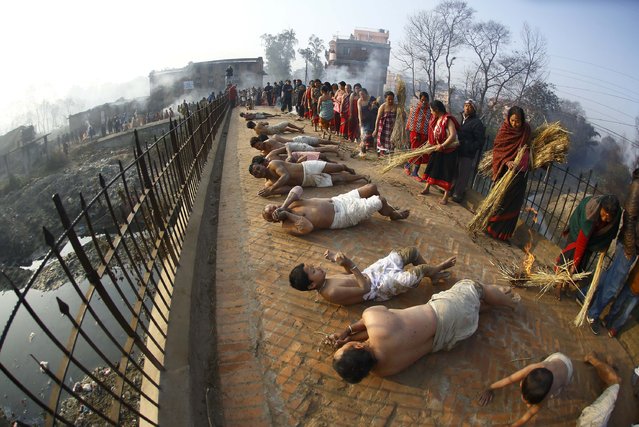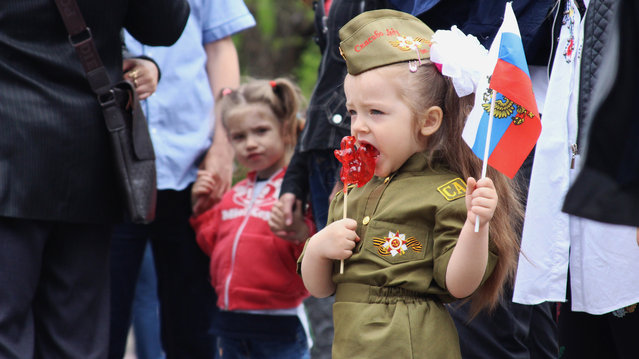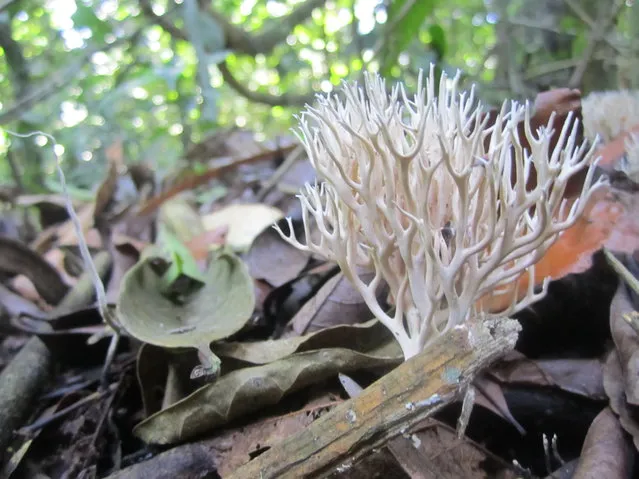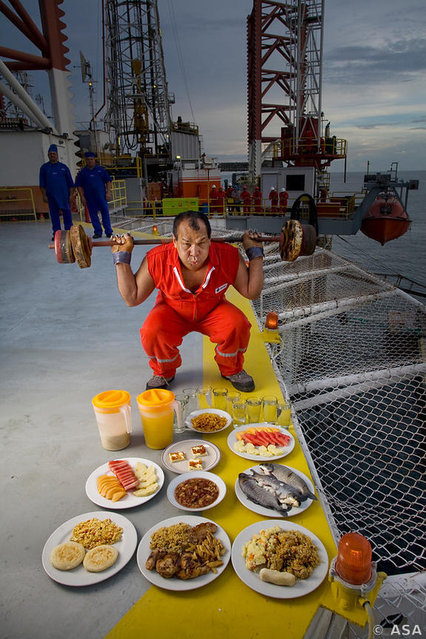
A performer dressed as a Hello Kitty poses inside a Hello Kitty-themed Taroko Express train in Taipei, Taiwan March 21, 2016. Lucky fans of Hello Kitty were among the first to ride a train themed after the iconic fictional character on its inaugural run in Taiwan on Monday. The Hello Kitty-themed Taroko Express train, the first in Taiwan, set off from the Shulin train station and will travel to Taitung on the east coast route. The Taiwan Railway Administration, which will introduce Hello Kitty merchandise, said it plans to adds more themed trains to its fleet. (Photo by Tyrone Siu/Reuters)
22 Mar 2016 11:10:00,post received
0 comments







